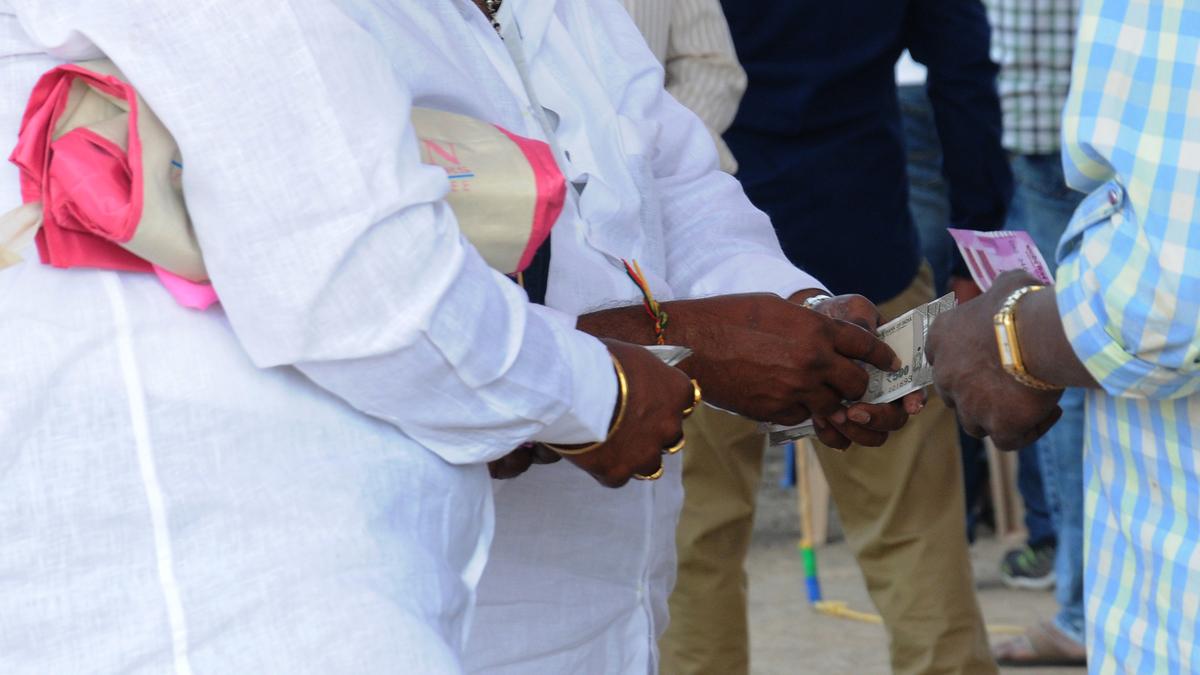In our election process, one element stands out as a symbol of participation and integrity. It is the indelible ink.
An article dated July 19th, 1951, says President Rajendra Prasad gave assent to the Representation of People Bill, the main electoral legislation.

The article also says that each voter will be marked with an indelible ink on his or her thumb. For the first general elections in India, around 3,16,000 phials of indelible ink were purchased for Rs 1,84,400.
However, till 1971, the ink was applied on the finger and not the nail. There was even a report of a would-be-bride in Varanasi deciding not to vote, saying the ink mark will not look good on the wedding day.
However, there were worries that the ink mark made on the skin could be removed with rigorous rubbing. It was in 1971 that the Election Commission came up with the idea to mark the ink on the root of the nail so that once dried it will disappear only as the nail grows.
Where is the indelible ink made? Which countries is it exported to?
Script and production: Gayatri Menon
Voiceover: Jude Francis Weston
Archive photos: Vibha Sudarshan
Thanks to The Hindu Library

 1 week ago
104
1 week ago
104


